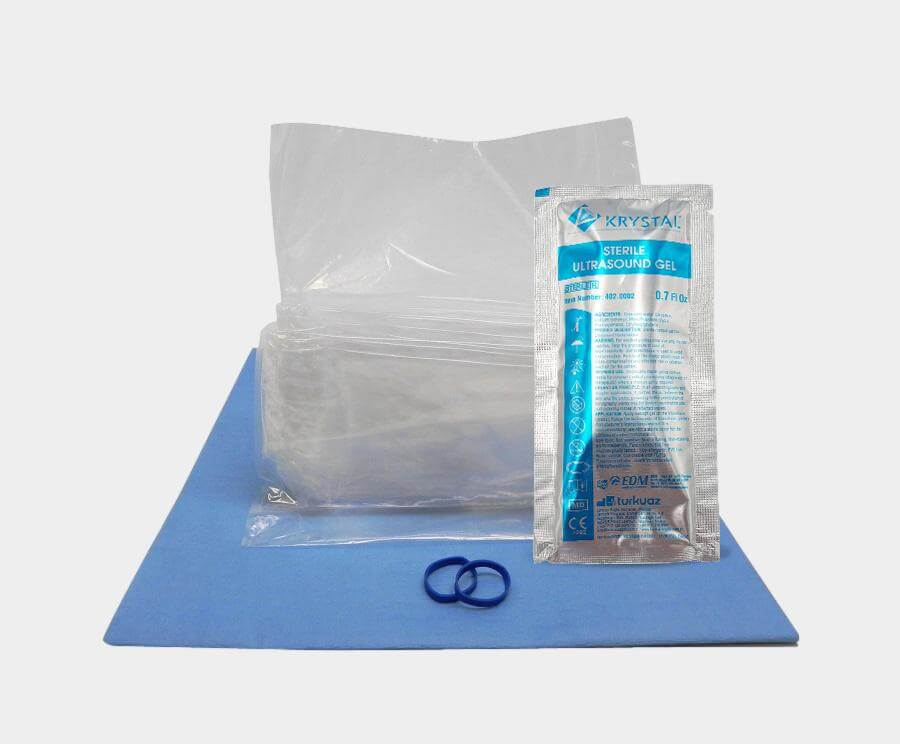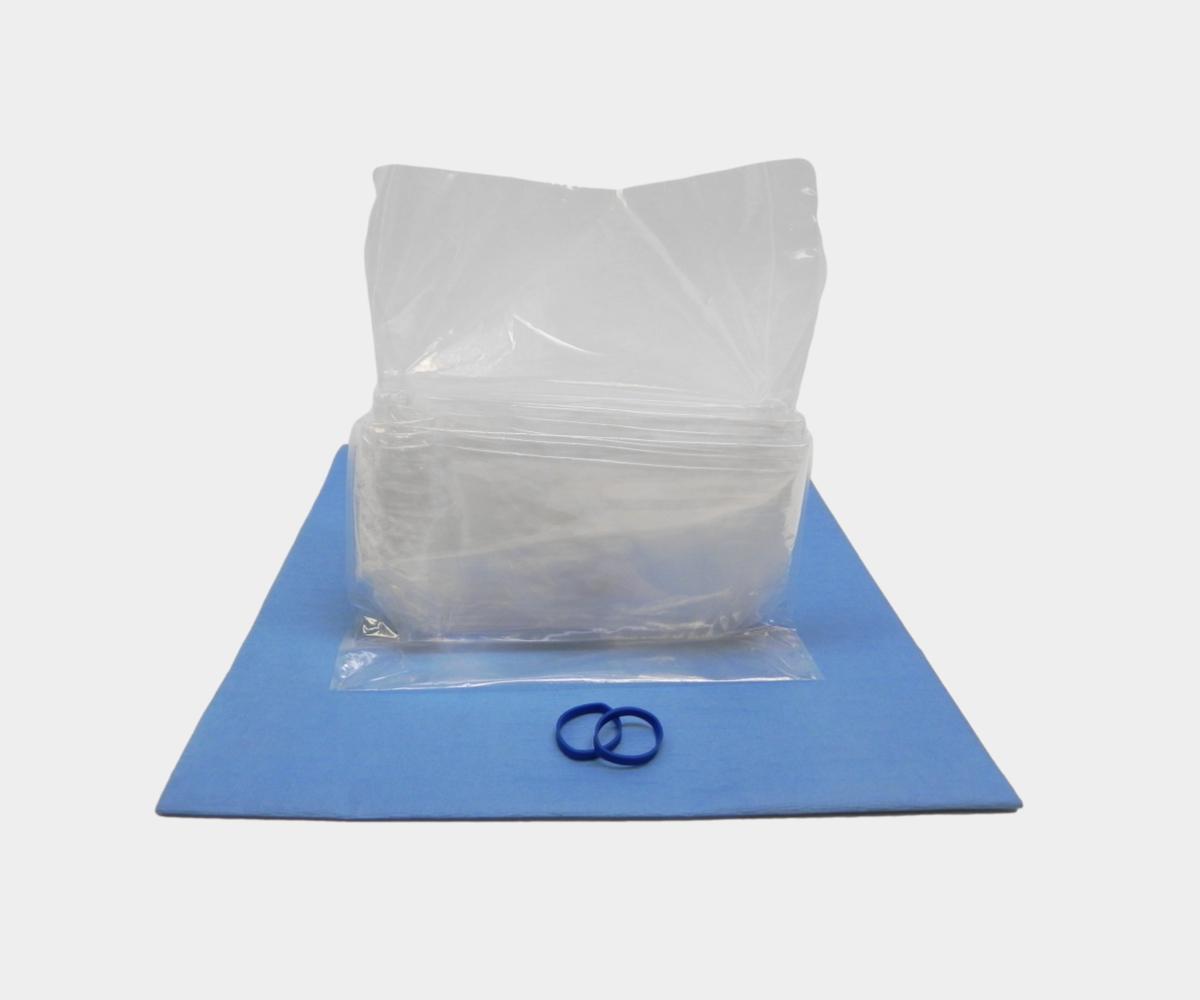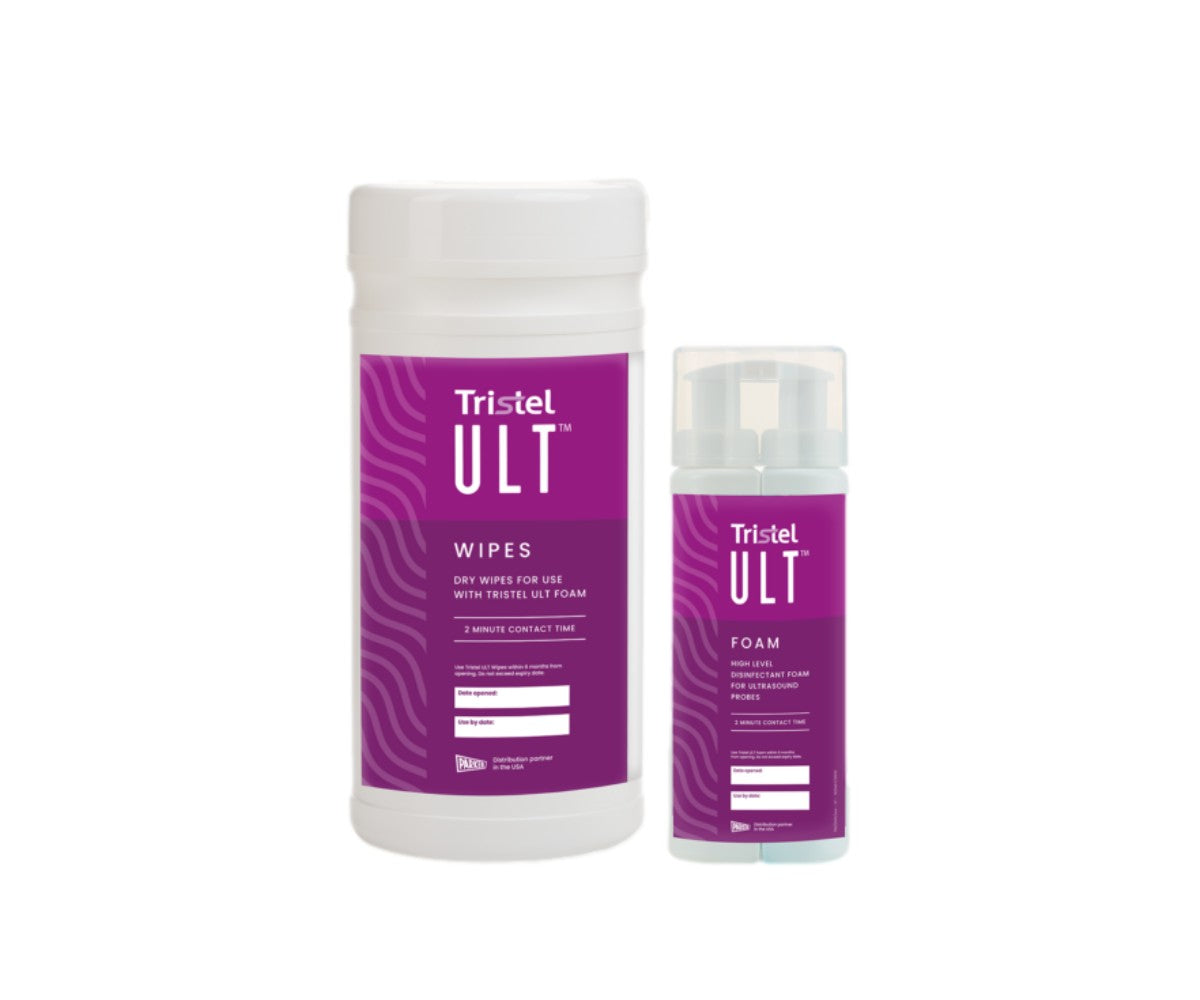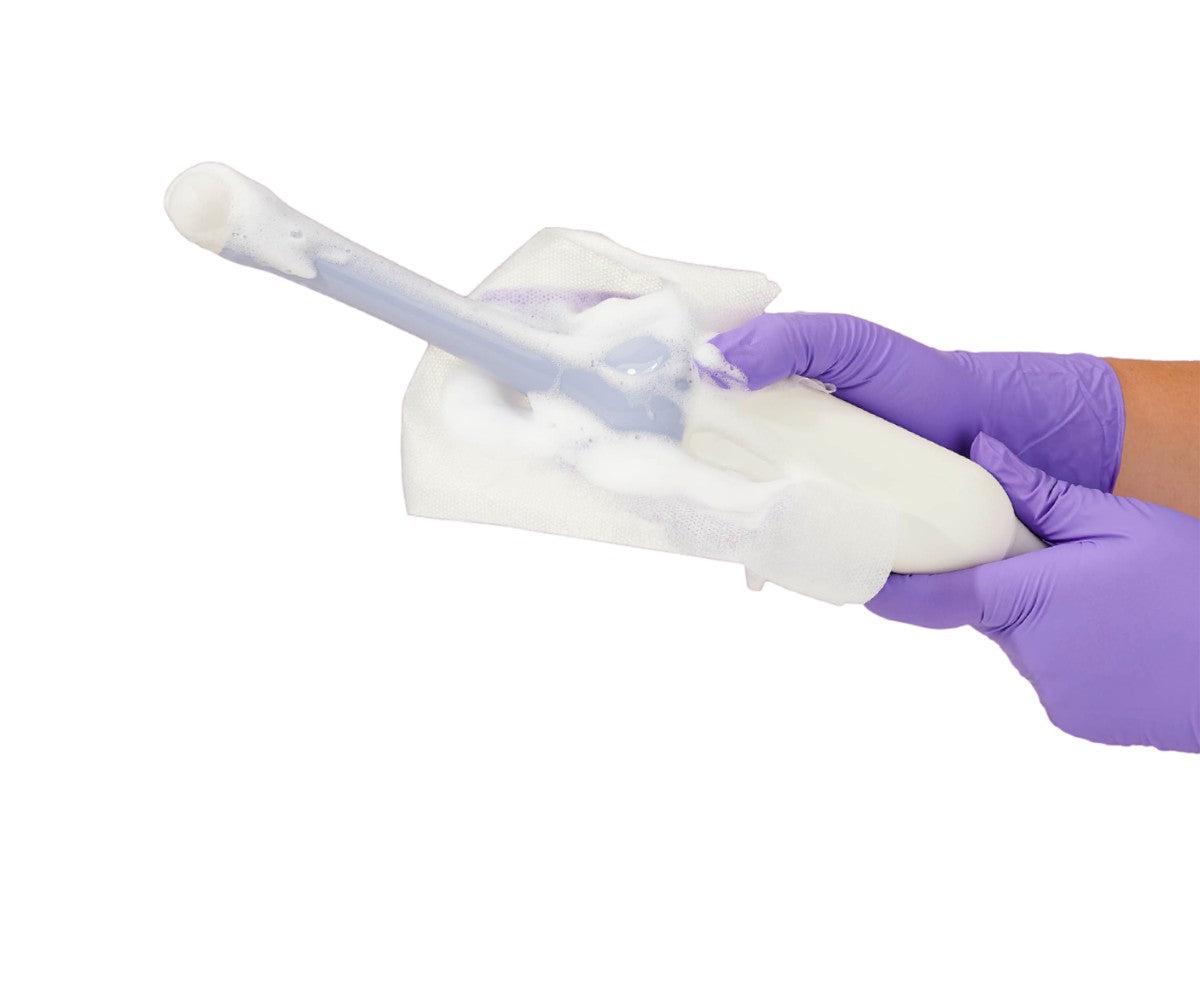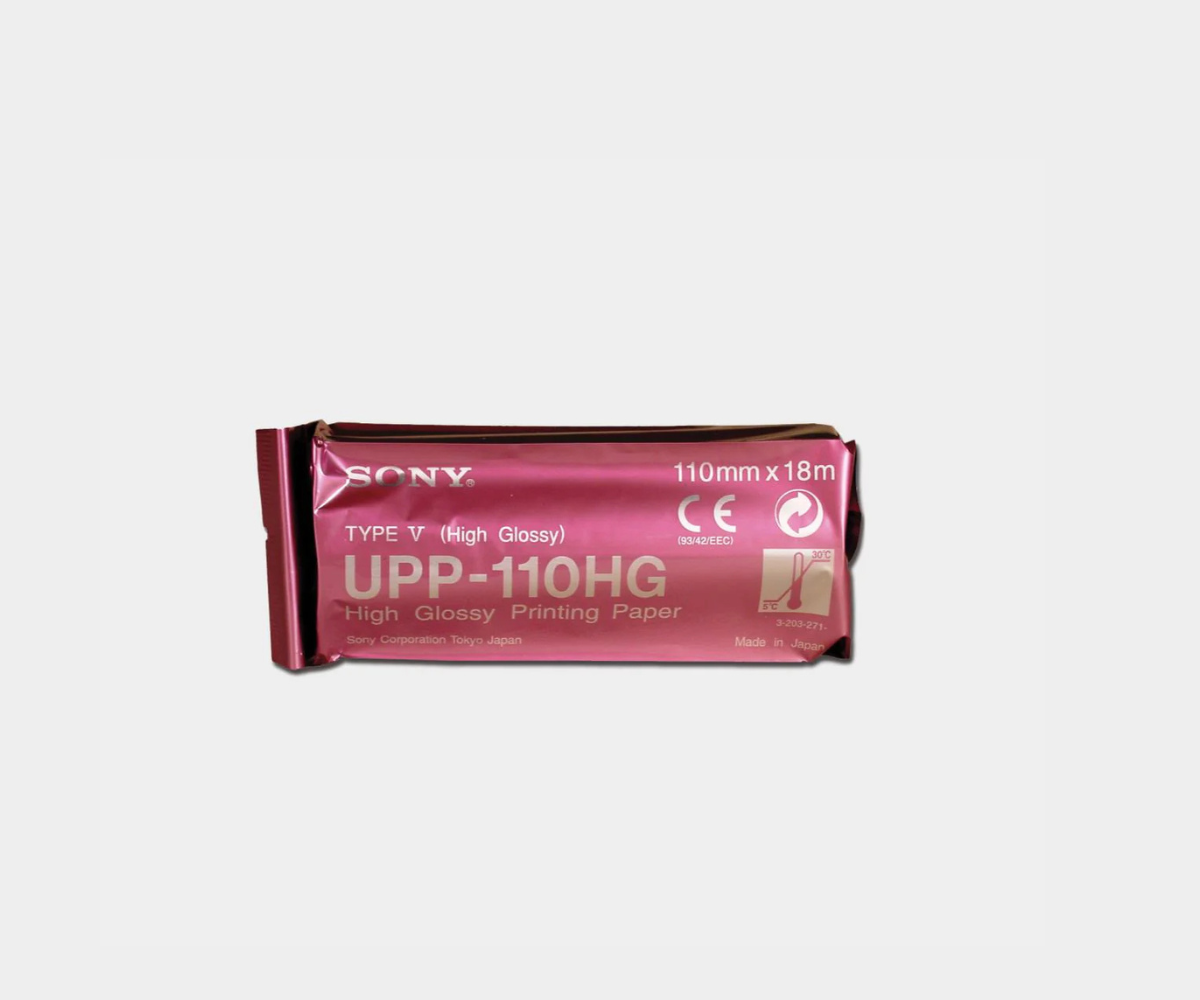Choosing IUD insertion tools isn’t just about having the basics—it’s about precision, workflow, and patient trust. While the procedure may be standard, the difference between a smooth, confident insertion and a difficult one often comes down to the quality and compatibility of your instruments.
If you're building or refining your IUD service, here's what truly matters—and what seasoned providers consider when selecting the right tools.
Choose Based on Tissue Sensitivity
Cervical grasping is a critical moment in IUD placement. A traditional single-tooth tenaculum offers control but can increase bleeding. Consider an Allis/atraumatic vulsellum when feasible. For pain and vasovagal prevention—especially in nulliparous/adolescent patients—offer local anesthesia (e.g., lidocaine paracervical block). Use alligator forceps for string retrieval, not cervical traction.
If your patient base includes adolescents or nullips, stocking gentler options can reduce procedural pain, improve experience, and decrease vasovagal responses.
Sounding Is Not Just a Measurement
The uterine sound is your guide, but also the patient's first visceral experience of the procedure. Keep both malleable plastic and traditional metal sounds available; choose based on anatomy and operator control.
Flexible or malleable sounds may lower perforation risk in markedly ante- or retroverted uteri. Avoid device-specific claims (evidence is limited).
Ultrasound Integration Can Drastically Reduce Risk in Complex Cases
For distorted anatomy or difficult insertions, ultrasound guidance is reasonable and often helpful, with RCT evidence of less pain and fewer malpositions. For routine postpartum placements, ultrasound is optional—use it if readily available or for training/confirmation, but lack of ultrasound should not delay immediate or early postpartum IUD access.
When ultrasound guidance is employed, the following supplies and accessories are typically used:
-
Use sterile, low-viscosity ultrasound gel (like Krystal Gel) that won’t degrade image clarity.
-
Have non-latex probe covers available to prevent allergic reactions.
-
Stock thermal paper that matches your ultrasound system to ensure accurate records and documentation.
Proper integration of imaging tools can help minimize malpositioning, perforation, or early expulsion.
Don’t Let Cost Cut Corners on Infection Control
Reusable tools can be cost-effective, but sterilization protocols must be flawless. For high-volume clinics, single-use sterile kits reduce prep time, increase patient confidence, and eliminate cross-contamination risk.
Use insertion kits that include a speculum, tenaculum, sound, sterile drape, and swabs. Customizable packs let you maintain consistency across providers.
Workflow Efficiency Is Clinical Safety
Every delay in the procedure—searching for tools, sterilizing missed items, realizing a tenaculum doesn’t grip properly—introduces patient anxiety and clinician distraction.
Clinics that standardize IUD setup (with labeled trays or color-coded handles) report:
-
Fewer errors
-
Faster turnover
-
Smoother staff training
Don’t just buy tools—design a system that supports your team under pressure.
Great IUD care isn’t just about training—it’s about preparation. The tools you use communicate clinical professionalism, respect for the patient, and readiness for variation.
Choose instruments that allow for flexibility, minimize trauma, integrate seamlessly with ultrasound, and support consistent workflow.


